INTRODUCTION TO QUANTUM COMPUTATION
Sean Bae
Quantum
Mechanics &
Computation
Part 1
- Motivation
- Fun video
- History
- Literature
- Applications
Part 2
- Formalism
- Insights
- Algorithms
- State-of-the-art
1 + 1 = ?
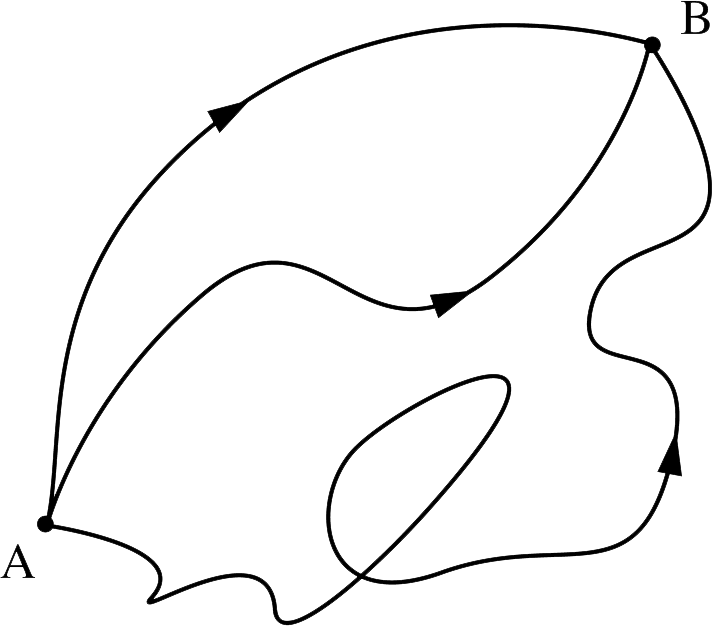
Polynomial Time
"Easy problems"
Non-deterministic Polynomial Time
"hard problems"
Does being able to quickly RECOGNIZE (NP) correct answers mean there's also a quick way to FIND (P) them?
Moore's Law
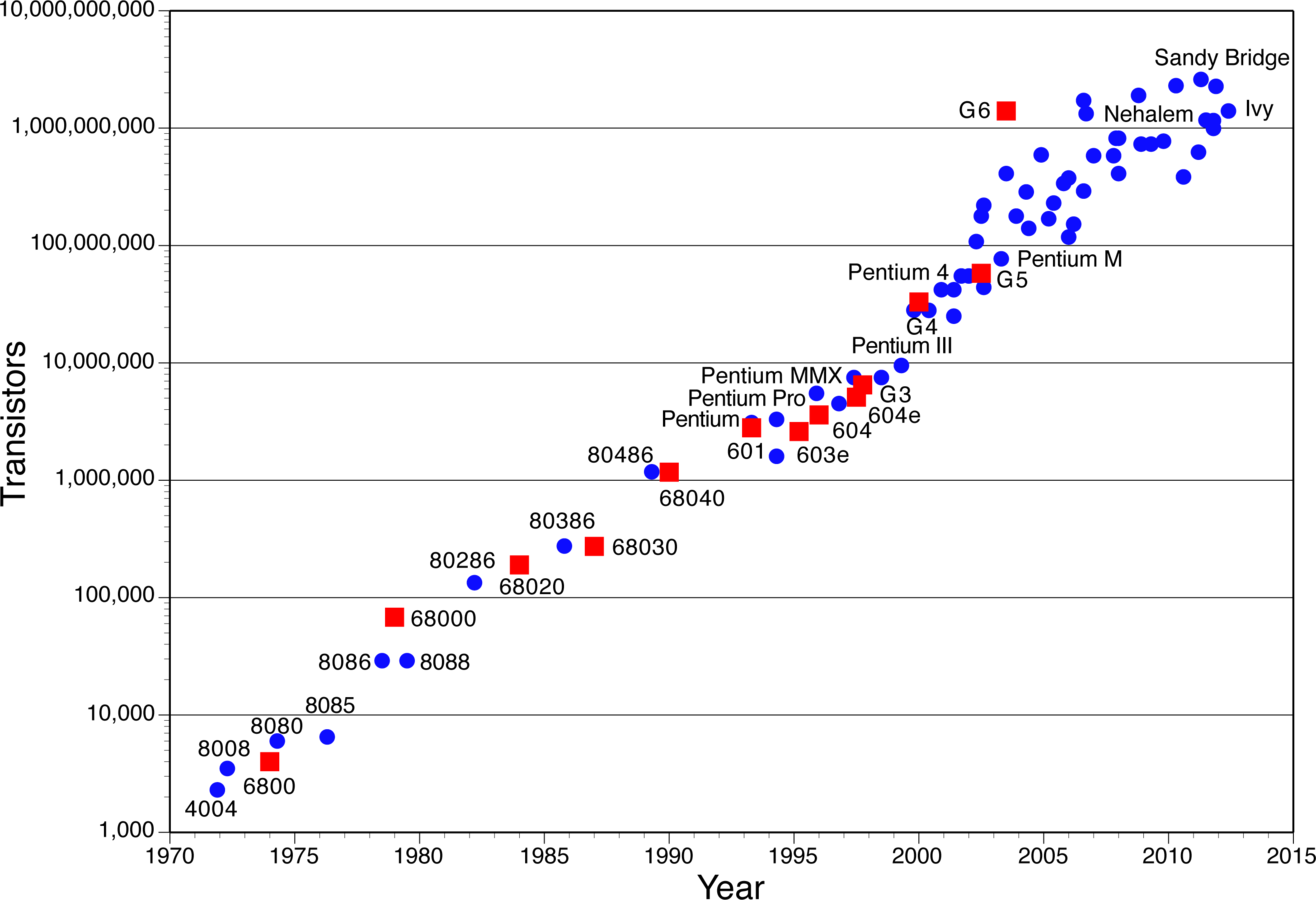

Extended Church-Turing Thesis
Any "reasonable" model of computation can be simulated on a (probabilistic) Turing Machine with at most polynomial simulation overhead
Axioms of Quantum Mechanics
- Superposition
- Measurement
- Unitary Evolution
- Trap a cat in a box
- A radioactive material in the box will decay with 50% probability and kill the cat in 1 hour
- Wait for 1 hour
- Is the cat is both dead and alive??
Schrödinger's Cat
Bits
Qubits = Quantum Bits

Quantum Parallelism
Quantum Entanglement
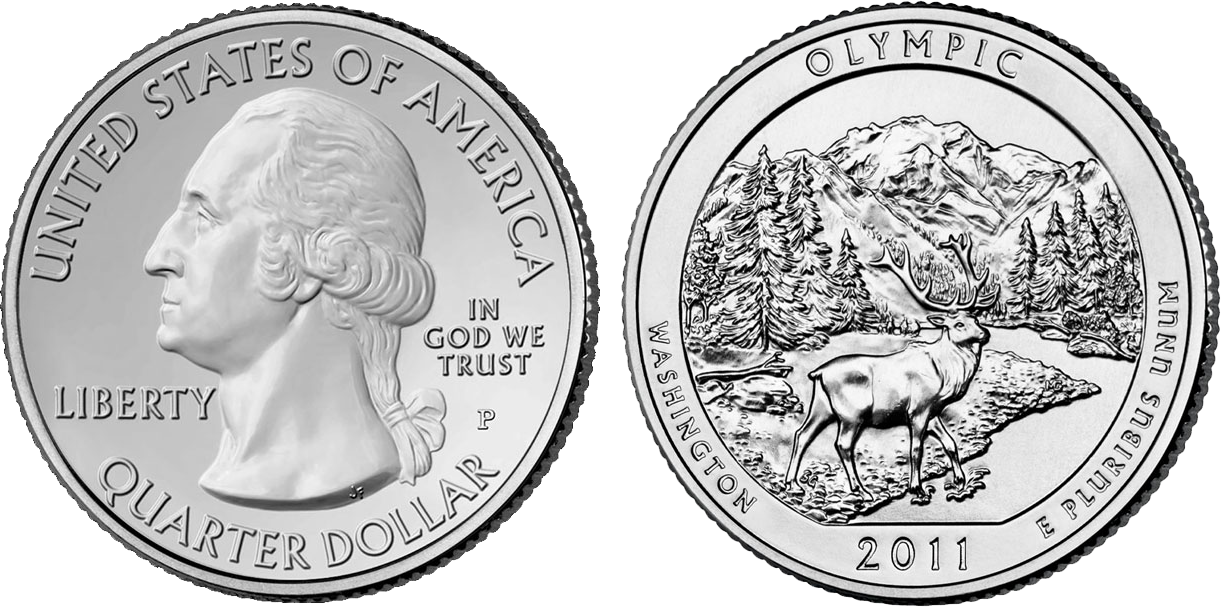

100,000 light years
Milky Way

COLLEGE PARK, MD
Milky Way

ME
YOU


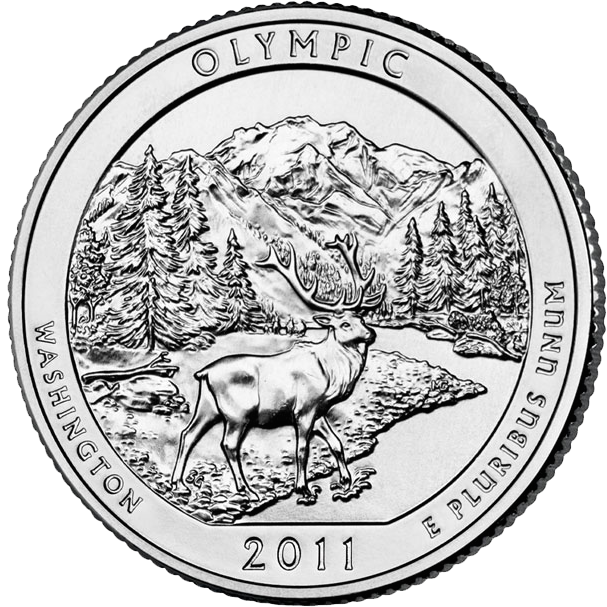
ME
YOU

ME
YOU



ME
YOU

ME
YOU

ME
YOU
Information travelled faster than the speed of light?

"Spukhafte Fernwirkung!"
("Spooky action at a distance")
Albert Einstein

"God does not play dice with the universe"
Albert Einstein
John Bell
1964
"Don't tell God what to do with his dice"
Niels Bohr
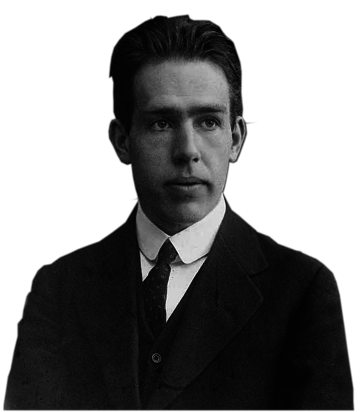
Practical use of entanglement?

ME
YOU

ME
YOU
Average Human
Qubits
PARTICLE CHAMBER
College Park
Paris
SCANNER
PARTICLE CHAMBER
SCANNER
PARTICLE CHAMBER
PARTICLE CHAMBER
SCANNER
SCANNER
College Park
Paris
SCANNER
PARTICLE CHAMBER
PARTICLE CHAMBER
SCANNER
College Park
Paris
SCANNER
PARTICLE CHAMBER
PARTICLE CHAMBER
SCANNER
College Park
Paris
SCANNER
PARTICLE CHAMBER
PARTICLE CHAMBER
SCANNER
Paris
College Park
SCANNER
PARTICLE CHAMBER
PARTICLE CHAMBER
SCANNER
Paris
College Park
We are ready to solve some interesting problems.
Computational Complexity Zoo
EXP
PSPACE
NP
NP-Complete
P
Computational Complexity Zoo
EXP
PSPACE
NP
NP-Complete
P
BQP
Bounded Error
Quantum
Polynomial Time
"solves with probability > 2/3"
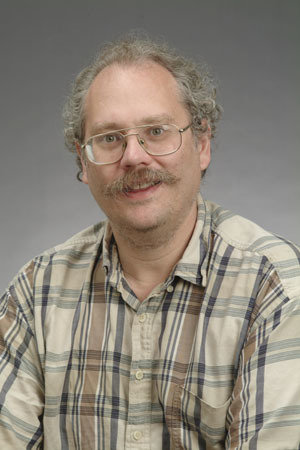
Peter Shor
1994
Bell Labs
Non-trivial Square Root of 1 modulo N
Non-trivial Square Root of 1 modulo N
Factoring 15
RSA Cryptography
Fun Facts
- Largest number factored is 56,153 [2014]
- Factoring 2048 bit integer (RSA)
- Classical
- 10 years
- $10^6 trillion
- 10^6 terawatts
- Quantum
- 16 hours
- $100 billion
- 10 megawatts
- Classical
Computational Complexity Zoo
EXP
PSPACE
NP
NP-Complete
P
BQP
NP-Complete Problems
- Protein Folding
- Traveling Salesman Problem (TSP)
- Boolean Satisfiability Problem
NP-Complete Problems
- Protein Folding
- Traveling Salesman Problem (TSP)
- Boolean Satisfiability Problem
- Battleship
- Tetris
- Super Mario Bros
- Candy Crush
- Sudoku
5 Minute Break

QM Formalism
State Space
Non-relativisitc Temporal Evolution
System Composition
QM Formalism
State Space
Non-relativisitc Temporal Evolution
System Composition
Hilbert Space
QM Formalism
State Space
Non-relativisitc Temporal Evolution
System Composition
Normalization
QM Formalism
Non-relativisitc Temporal Evolution
System Composition
Hamiltonian
State Space
QM Formalism
Non-relativisitc Temporal Evolution
System Composition
Linear theory
State Space
QM Formalism
Non-relativisitc Temporal Evolution
System Composition
Tensor Product
State Space
QM Formalism
Non-relativisitc Temporal Evolution
System Composition
Separable State
State Space
QM Formalism
Non-relativisitc Temporal Evolution
System Composition
Entangled State
State Space
QM Formalism
Eigenbasis
Born Rule
Measurement
QM Formalism
Eigenbasis
Born Rule
Measurement
Spectral decomposition
QM Formalism
Eigenbasis
Born Rule
Measurement
Complete orthonormal basis
QM Formalism
Eigenbasis
Born Rule
Measurement
Measurement
von Neumann
Many worlds
Copenhagen

Many Worlds Interpretation
Schrödinger Equation in 1D
Assumption:
Complex
Assumption:
Complex
Real
Assumption:
Complex
Real
Contradiction!
Dimension of Wave Function
How can we mathematically manipulate qubits to do interesting computation?
Logic Gates
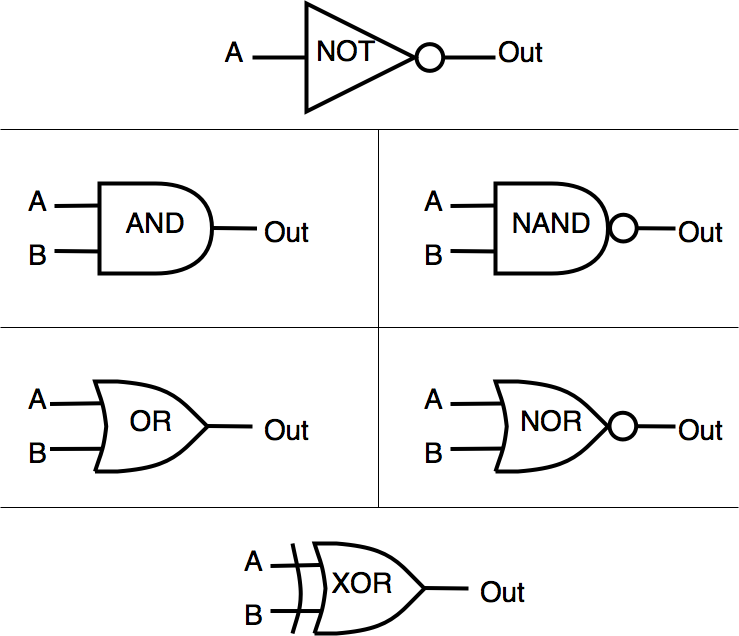
Logic Circuit
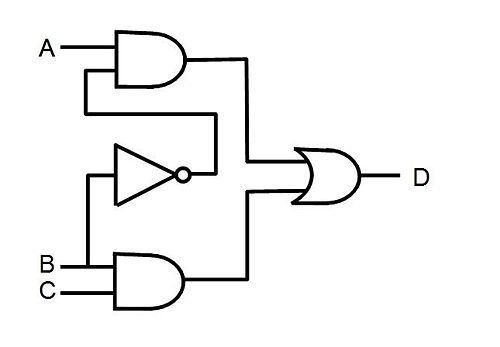
Logic Circuit

Quantum Gates
Gate
Simplified Notation
Quantum Gates
Gate
Simplified Notation
Evolution operator U act for finite time according to the Schrödinger Equation
Quantum Gates
Gate
Simplified Notation
One gate operation acts on all components
Quantum Gates
Gate
Simplified Notation
Qubit
State Space
Generalized Qubit
Normalization
Quantum Gates
Quantum Teleportation Protocol
Quantum Teleportation Protocol
Quantum Teleportation Protocol
Quantum Teleportation Protocol
Deutsch-Josza Algorithm
| x | f0 | f1 | f2 | f3 |
|---|---|---|---|---|
| 0 | 0 | 0 | 1 | 1 |
| 1 | 0 | 1 | 0 | 1 |
Deutsch-Josza Algorithm

Classical: 2 queries
Quantum: 1 query
Deutsch-Josza Algorithm

Deutsch-Josza Algorithm

Deutsch-Josza Algorithm

Deutsch-Josza Algorithm

Deutsch-Josza Algorithm

Deutsch-Josza Algorithm

Deutsch-Josza Algorithm

How do you find a needle
in a haystack?
How do you find a needle
in a haystack?

Unstructured Search
Classical
Quantum
Unstructured Search
Classical
Quantum

Our discussion of qubit has been abstract
Our discussion of qubit has been abstract
How can we realize a physical qubit?
p
e-
Hydrogen
p
e-
Hydrogen
p
e-
e-
Hydrogen
Particle in a Box
Schrödinger Equation
Schrödinger Equation
General Solution
General Solution
General Solution
Particle in a Box
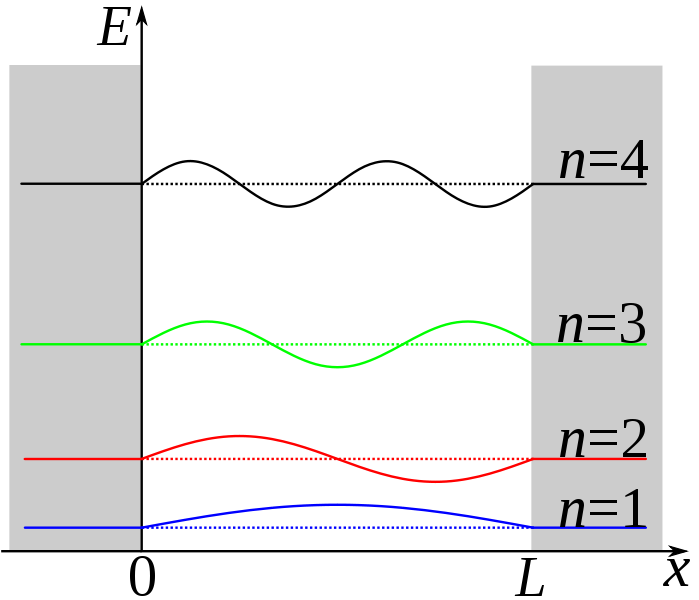
Particle in a Box
Particle in a Box
State-of-the-art
Trapped Atomic Ion
- very long (>>1s) memory
- <20 coherent qubits
- engineering needed
- connection reconfigurable
Superconducting Loop
- short (10^-6s) memory
- <10 coherent qubits
- printable circuits and VLSI
- not reconfigurable
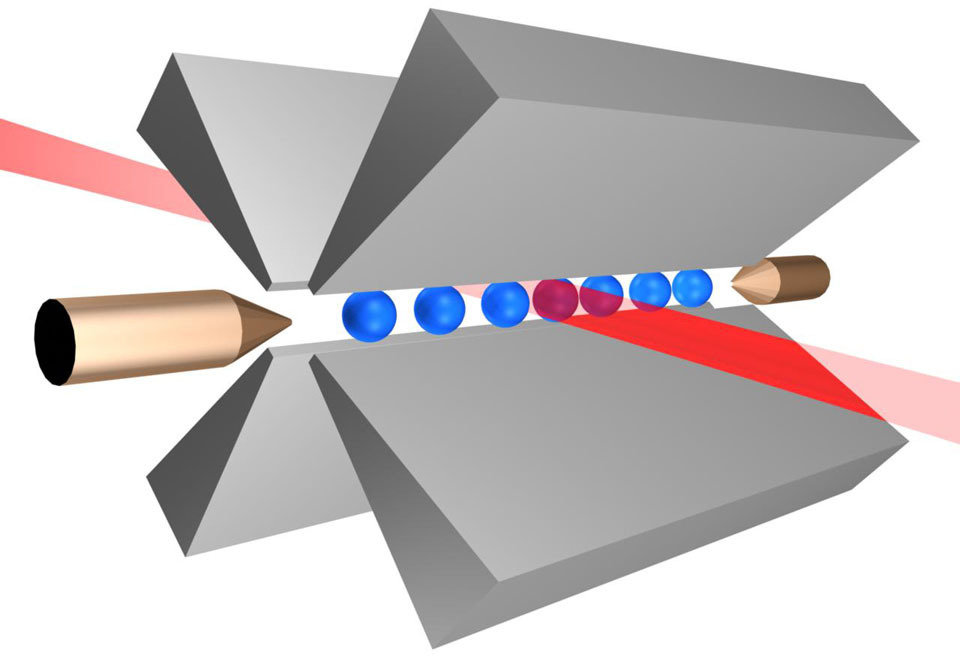
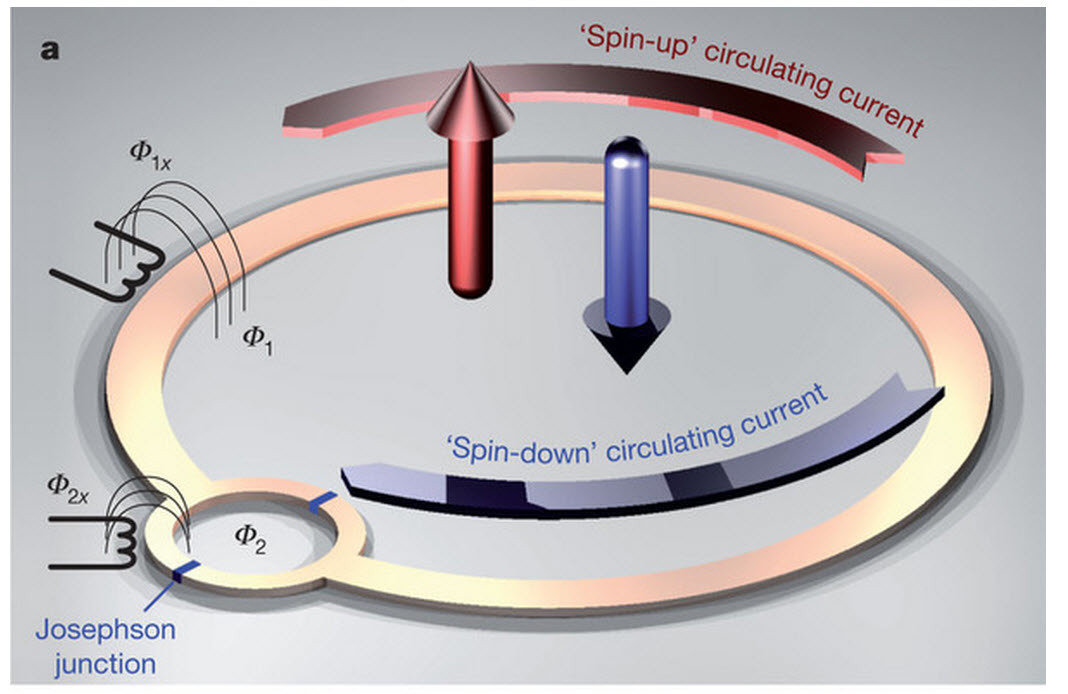
Q & A
Quantum Computation
By seanbae
Quantum Computation
- 842



